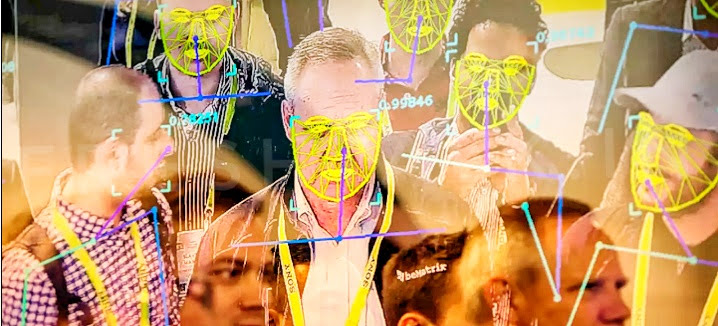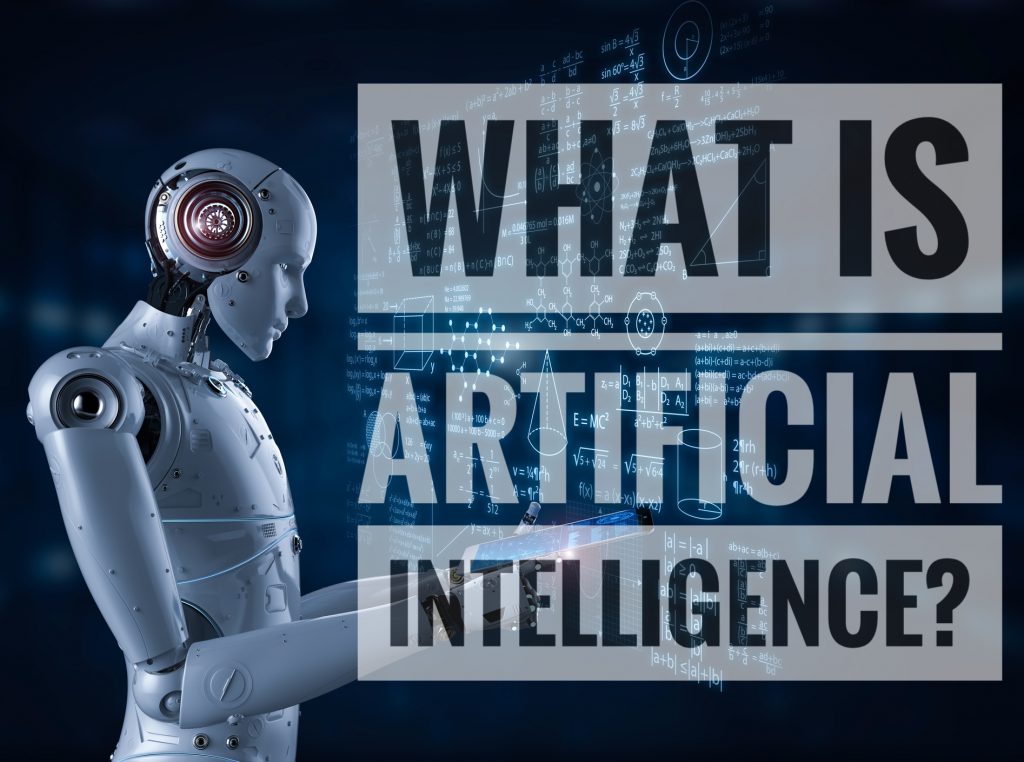A facial recognition system is an innovation proficient of identifying or verifying an individual from a digital image or a video frame from a video source. There are different techniques in which facial recognition frameworks work, however when all is said in done, they work by contrasting selected facial features from given picture and faces inside a database. It is likewise portrayed as a Biometric Artificial Intelligence based application that can interestingly distinguish an individual by dissecting designs dependent on the individual’s facial surfaces and shape.
While at first a type of computer application, it has seen more extensive uses as of late on versatile stages and in different types of innovation, for example, apply autonomy. It is commonly utilized as access control in security systems and can be contrasted with other biometrics such as fingerprint or eye iris recognition systems. Although the exactness of facial recognition framework as a biometric innovation is lower than iris recognition and fingerprint recognition, it is generally received because of its contactless and non-intrusive process. Recently, it has additionally gotten mainstream as a business recognizable proof and advertising tool. Other applications incorporate propelled human-PC connection, video observation, programmed ordering of pictures, and video database, among others.
PC vision is a field of software engineering that chips away at empowering PCs to see, distinguish and process pictures similarly that human vision does, and afterwards give suitable yield. It resembles bestowing human knowledge and impulses to a PC. In actuality, however, it is a troublesome assignment to empower PCs to perceive pictures of various articles.
PC vision is firmly connected with man-made brainpower, as the PC must decipher what it sees, and afterwards perform a proper investigation or act appropriately.
PC vision’s objective isn’t just to see, yet additionally, process and give valuable outcomes dependent on the perception. For instance, a PC could make a 3D picture from a 2D picture, for example, those in vehicles, and give significant information to the vehicle as well as the driver. For instance, vehicles could be fitted with PC vision which would have the option to recognize and recognize questions close by the street, for example, traffic lights, people on foot, traffic signs, etc, and act appropriately. The keen gadget could give contributions to the driver or even make the vehicle stop if there is an abrupt deterrent out and about.
At the point when a human who is driving a vehicle sees somebody out of nowhere move into the way of the vehicle, the driver must respond quickly. In a brief instant, human vision has finished an intricate assignment, that of distinguishing the article, handling information and choosing what to do. PC vision’s point is to empower PCs to play out indistinguishable sort of errands from people with similar proficiency.
PC vision is an interdisciplinary logical field that manages how computers can increase significant level comprehension from digital images or videos. From the point of view of engineering, it looks to comprehend and mechanize errands that the human visual system can do.
PC vision assignments incorporate strategies for acquiring, processing, analyzing and understanding computerized pictures, and extraction of high-dimensional data from this present reality so as to deliver numerical or emblematic data, for example in the types of decisions. Understanding in this setting implies the change of visual pictures (the contribution of the retina) into depictions of the world that bode well to manners of thinking and can inspire proper activity. This picture comprehension can be viewed as the unravelling of emblematic data from picture information utilizing models built with the guide of geometry, material science, measurements, and learning hypothesis.

There are unpretentious facial contrasts that can demonstrate certain hidden hereditary conditions. A few, similar to Down’s Syndrome, present as a broadly conspicuous assortment of highlights. Others, as Sotos Syndrome or DiGeorge Syndrome, are motioned by many modest subtleties unreasonably darken for a non-master to get. Facial recognition programming examines a patient’s face and measures a large group of attributes like eye positions, nasal scaffold edge, and relative extents. A few characteristics aren’t huge; many highlights must be dissected corresponding to one another, at that point weighed against different side effects to introduce a potential conclusion. Specialists affirm these analyses with extra tests, however so far the product has significant levels of exactness. What makes this use of facial recognition so energizing is the manner by which early a determination can be made. Without this innovation, patients aren’t analyzed until the most crippling trademark manifestations of their conditions rise. With it, specialists can prepare to give the most ideal consideration and personal satisfaction.
Passwords can be hacked, yet bodies are more enthusiastically to copy. Architects have been attempting to improve biometric confirmation techniques since the primary unique finger impression scanners were discharged. Facial sweeps are viewed as the Golden Fleece of biometric security on account of the huge number of information focuses included. They’re a lot more secure than fingerprints. There’s a one out of 50,000 possibilities that an arbitrary individual could be a nearby enough match to pass a unique mark scanner; with facial recognition, those chances drop to one out of many.
Old models were bizarrely simple to trick, some of the time, in any event, opening when given photos of the approved user. Sophisticated man-made consciousness algorithms make that impossible at this point. Indeed, even Hollywood enhancements craftsmen can’t trick the most recent harvest of facial recognition apparatuses. Cell phones are driving the push to carry facial recognition to customers. Apple’s iPhone X and FaceLock for Android intend to offer the instrument as a sign in choice.

